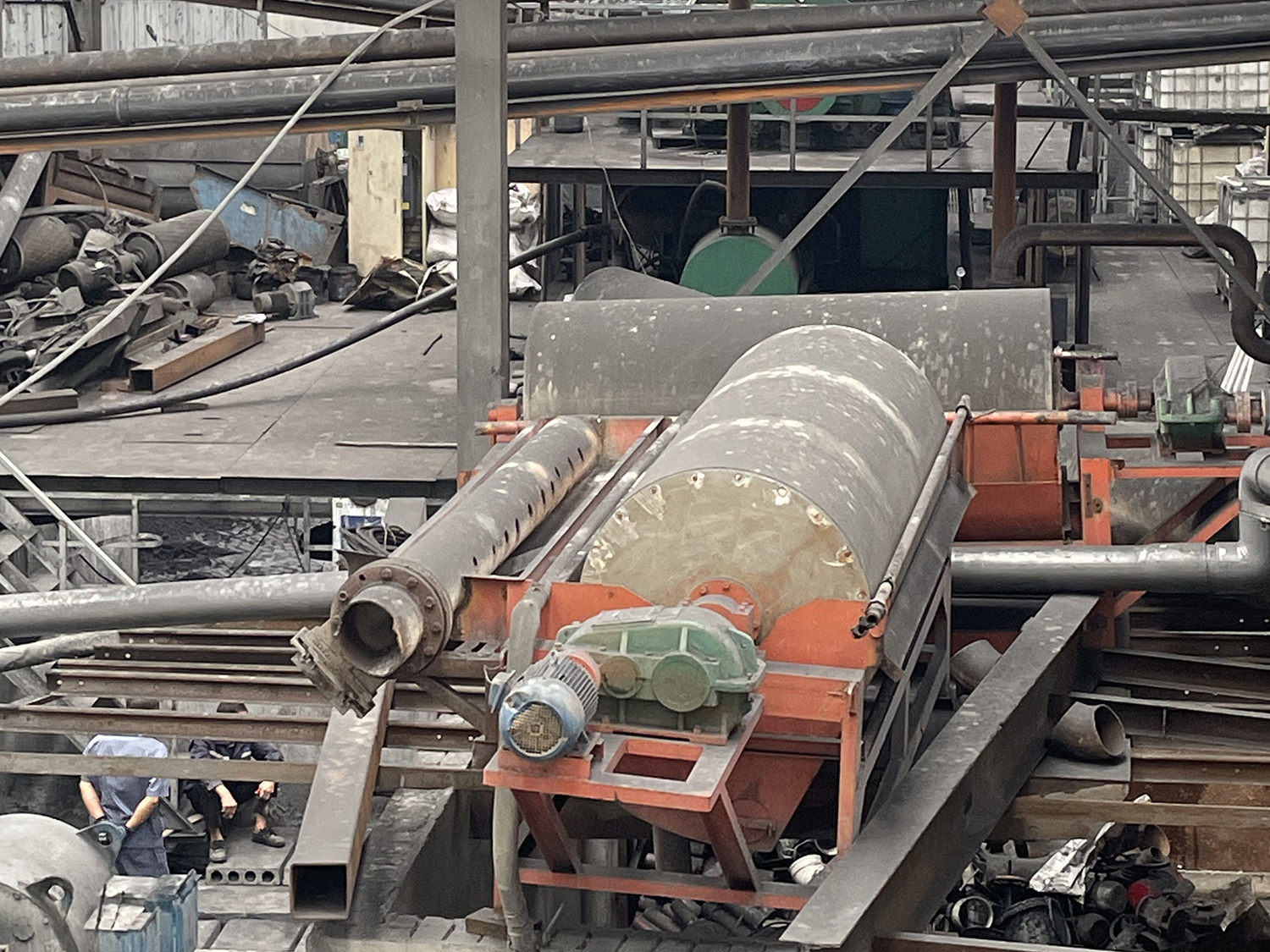How to Choose the Right Trommel Screen Size for Your Soil and Gravel Needs
Oct 15,2025

How to Choose the Right Trommel Screen Size for Your Soil and Gravel Needs
Table of Contents
- 1. Introduction to Trommel Screens
- 2. Understanding Trommel Screens
- 3. Importance of Choosing the Right Size
- 4. Determining the Right Trommel Screen Size
- 5. Applications of Trommel Screens
- 6. Maintenance Tips for Trommel Screens
- 7. Common FAQs
- 8. Conclusion
1. Introduction to Trommel Screens
Trommel screens are essential equipment in the manufacturing and processing industries, especially for soil and gravel applications. These machines play a crucial role in separating materials based on size, allowing for efficient sorting and recycling. Choosing the right trommel screen size is fundamental to optimizing operations, improving productivity, and reducing costs.
2. Understanding Trommel Screens
2.1 How Trommel Screens Work
A trommel screen operates by utilizing a rotating cylindrical drum that separates materials based on size. As the drum rotates, materials are fed into one end, allowing larger particles to tumble and fall through perforations in the drum, while smaller particles exit at the opposite end. This continuous movement ensures efficient sorting and minimizes the risk of material blockage.
2.2 Key Components of Trommel Screens
Understanding the components of a trommel screen is vital for selecting the appropriate size. The main components include:
- **Drum:** The cylindrical part that houses the screening surface.
- **Motor:** Powers the rotation of the drum.
- **Screening surface:** Made up of perforated panels or mesh that allow specific sizes of materials to pass through.
- **Feeding system:** Ensures a continuous flow of material into the drum.
3. Importance of Choosing the Right Size
Selecting the right trommel screen size is imperative for several reasons:
1. **Efficiency:** An appropriately sized trommel screen maximizes throughput, allowing for effective processing of larger volumes of material.
2. **Quality of Output:** The right size ensures that the separation of materials meets the quality standards necessary for various applications.
3. **Cost-Effectiveness:** Investing in the correct trommel screen size reduces operational costs, as it minimizes wear and tear and the need for frequent maintenance.
4. Determining the Right Trommel Screen Size
Choosing the right trommel screen size involves considering several factors:
4.1 Consider Material Type
Different materials have unique properties that affect the trommel screen selection. For instance, if you are processing **loamy soil**, a screen size that accommodates fine particles is essential. Conversely, when working with **gravel**, a larger mesh may be required to handle larger stones effectively.
4.2 Consider Capacity Needs
Determine the volume of material that needs processing regularly. A high-capacity trommel screen is necessary for large-scale operations, while smaller operations may require a compact model. Always assess your needs to avoid under or over-investing in equipment.
4.3 Screen Mesh Size
The mesh size is critical in determining what materials are separated. For instance, a **1/2 inch mesh** is ideal for soil while a **1-inch mesh** works best for larger gravel. Understanding the desired end product will guide your choice of mesh size, ensuring optimal performance.
5. Applications of Trommel Screens
Trommel screens are versatile and can be applied in various industries, such as:
- **Construction:** Used for sorting and recycling construction and demolition debris.
- **Agriculture:** Helps in separating topsoil from stones and larger debris, improving soil quality.
- **Landscaping:** Assists in preparing soil for landscaping and gardening projects.
- **Mining:** Utilized for ore separation and mineral processing.
6. Maintenance Tips for Trommel Screens
Regular maintenance is essential to ensure the longevity of your trommel screen. Here are some tips:
1. **Routine Inspections:** Regularly check for wear and tear on the drum and screening surface.
2. **Clean the Screen:** Ensure that the screen is free from blockages to maintain efficiency.
3. **Lubricate Moving Parts:** Regular lubrication prevents rust and ensures smooth operation.
4. **Monitor Performance:** Keep track of output quality and throughput to identify any potential issues early.
7. Common FAQs
What size trommel screen do I need for my project?
The size depends on the type and volume of materials you plan to process. Assess your capacity needs and material types to make an informed decision.
How often should I maintain my trommel screen?
Routine maintenance checks should be conducted at least once a month, with more frequent checks during heavy usage.
Can trommel screens handle wet materials?
Yes, trommel screens can handle wet materials; however, the moisture content may affect throughput and separation efficiency.
What is the average lifespan of a trommel screen?
With proper maintenance, a trommel screen can last anywhere from 10 to 15 years, depending on usage and conditions.
Are trommel screens eco-friendly?
Yes, trommel screens promote recycling and reduce waste by efficiently sorting materials for reuse.
8. Conclusion
Choosing the right trommel screen size for your soil and gravel needs is a critical step in optimizing your processing operations. By understanding the workings of trommel screens, considering factors such as material type, capacity needs, and mesh size, and following regular maintenance practices, you can enhance your productivity while ensuring quality output. Whether you are in construction, agriculture, or any other industry, making informed decisions about your trommel screen will lead to successful operations and effective resource management.
Hot Tags:
Contact Us
E-mail:byunfei2000@gmail.com
Wechat/WhatsApp:+86 17324886663
WhatsApp:+86 18738568071
Address:No. 12 Industrial Road, Zhaipo Town, Xinxiang, Henan Province







